Norwegians established their own regiment of Free Norwegians
in Iceland that operated under British Command. In Iceland they flew under the sign of RAF in air squadron 330 and later from Scotland. These were both airmen and regular citizens that managed to escape from Norway.
Christmas card issued to support those in need in Norway.
Fundraisers were held all around Iceland for Norwegians 17th of May 1940. There were also fundraisers in Reykjavík and all around the country for Norwegian refugees. The Norden Association and Nordmanslaget sold badges. They raised around 6 thousand krónar. In the years 1943 to 1945, both money and packages that included warm clothing and food were sent, the deliveries went through Sweden and Finland. A lot of sympathy was with Norwegians that were here in Iceland as after all they were a neighboring country in need and Icelanders did not look at them as an army. In total 36 Norwegians died in Iceland in World War 2 and a monument was buil for them in 1947.
Cemeteries in Fossvogur
Northrop N-3PB Floatplane
Stórmerkileg kvikmynd frá stríðsárunum frá norskri Facebook síðu.
Norwegian N-3PB recovery
Flight Experience in the USA.
Description of Northrop in English.
Norwegian flight crew fitting in depth charges.
Norwegian flight crew member resting.
Flight crew member after a surveillance flight off the coast of Iceland.
Here Norwegian ski soldiers show Lord Gort their equipment when Gort visited Iceland. The skis there could possibly be from the woodworkshop Fjölni which was in Reykjavík.
Lord Gort and a general check the protections of the country. With him is Harry S. Curtis Garrison Chief.
Checking the weapons, In the front you can see a Bren .303 Light Machine Gun and further you can see a .303 Lee-Enfield rifle on the backpack. The man in the middle of the photo is loading in a magazine. In Iceland the Norwegians taught the British and Americans about alpine warfare. They had camps at Eyjafjallajökull (camp Richardson) northern of Bægisárjökull and Vindheimajökull. They generally went by the name of The Norwegian Ski Brigade.
Norwegian soldiers settling in their tents.
Norwegian soldier in a camouflage outfit.
Cold in Reyðarfjörð, Norwegian Soldier on watch.
And another guard over Christmas, but location is unknown.
Norwegian soldier runs between nissen huts.
Norwegian Ski instructor Olaf Storysson, directing British Soldiers in skiing 12.1.1940.
Outside the Norwegian Ambassador Cottage 17th of May, Norwegian and half-norwegian children.
Children in Norwegian national costumes and the Ambassador couple at the stairs of the Norwegian Embassy.
The parade starts from the embassy on the 17th of may 1944.
The parade in front of the cathedral.
The ambassador couple along with a flagbearer and children outside the Parliment house on their way to a ceremony.
Bergljót Sigfúsdóttir, Norwegian general, Henny Ekanger and Sigfús Jónsson.
Ole Bakke and Bergljót Sigfúsdóttir.
Knut Aspelund?,??, Ole Bakke, Bergljót Sigfúsdóttir and Sören Ricter visiting an Icelandic home.
Mountain trip in Iceland, I don’t know the name of the soldiers.
R 1658 Nash 1929, Sören Ricter sits but I don’t have the name of his partner.
Sören Ricter on a horse ride.
Norwegian soldiers fishing in Kleifarvatn.
The 330 Sqdn. have a motto saying “Trygg havet”. This motto were used during WW 2 and is still use. It means something like “Make the sea a safe place to be”. During WW 2 they did so by hunting U boats.
Squadron commander Cmdr. Hans Andreas Bugge and his crew who failed to return from an antisubmarine sweep on 25 August 1942 með Hans fórust líka Fridtjof Glör Whist og Stale Haukland Pedersen.
Letter signed by Hans Bugge.
Sample of a permit letter from the Norwegian 330 Sqdn. Flight Crew.
Book that was published in 1942 by Norwegian government in exile in England because of the 70th birthday of Hakon the 7th King of Norway.
Colonel-lieutenant Carl Stenersen head of Winter Warfare School in Reykjavík 1942-1943.
Thanks for services.
Royal Norwegian Government Information Office
On August 5th, 1940, 12 Norwegians whom fate had thrown together in a Salvation Army hostel in Iceland decided to form their own private “Army” in order to continue the fight against Nazism. They called themselves “Norwegian Company, Iceland,” and began collecting equipment suitable for ski-troops.
Six weeks later, still unrecognized officially by either the British or Norwegian authorities, the force, which had by now increased to 18, hoisted the Norwegian flag in Iceland for the first time in the name of the Norwegian Army.
So began the first phase of the free Norwegians’ participation in the war in the Arctic. It has taken them all over the Northern Hemisphere – Iceland, Greenland, Spitsbergen, Jan Mayen, and back to Arctic Norway.
This fascinating chapter in World War 2 was published by His Majesty’s Stationary Office on behalf of the Royal Norwegian Government Information Office in 1945.

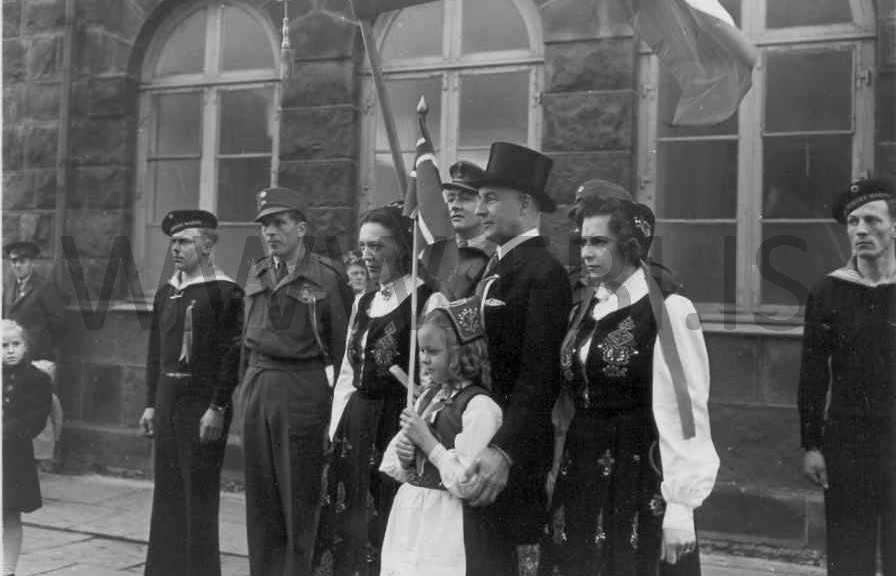
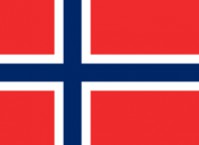
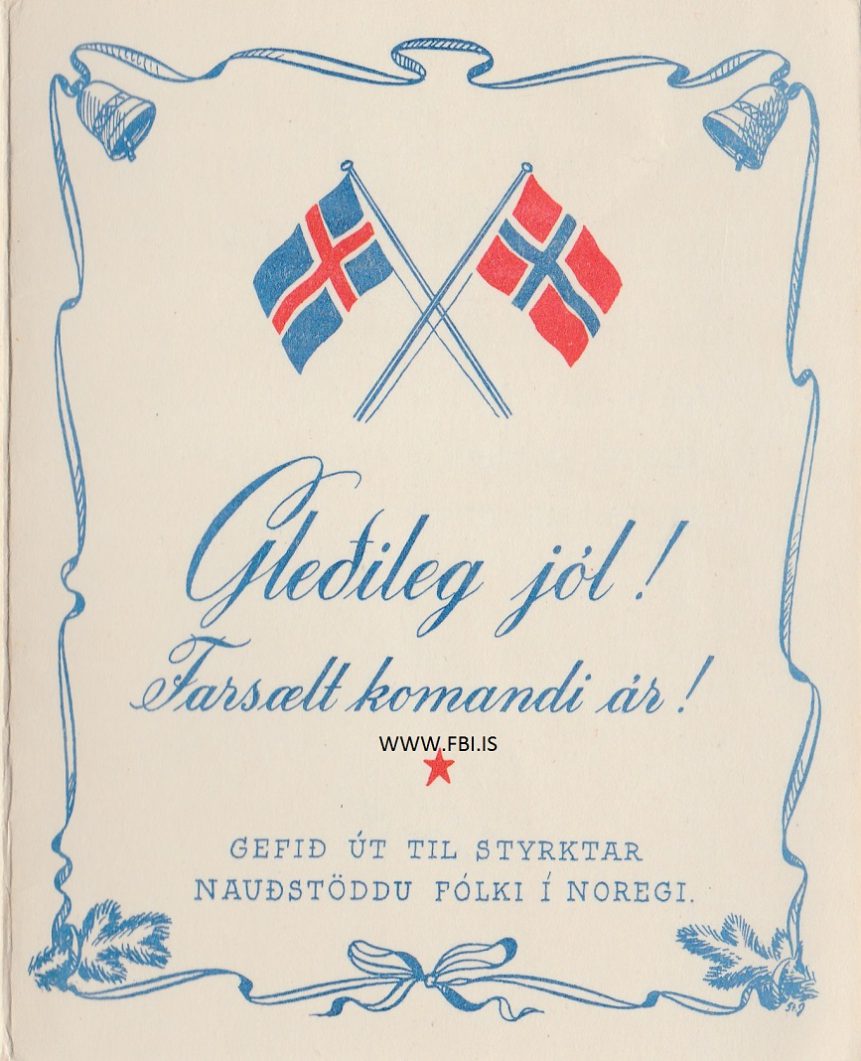
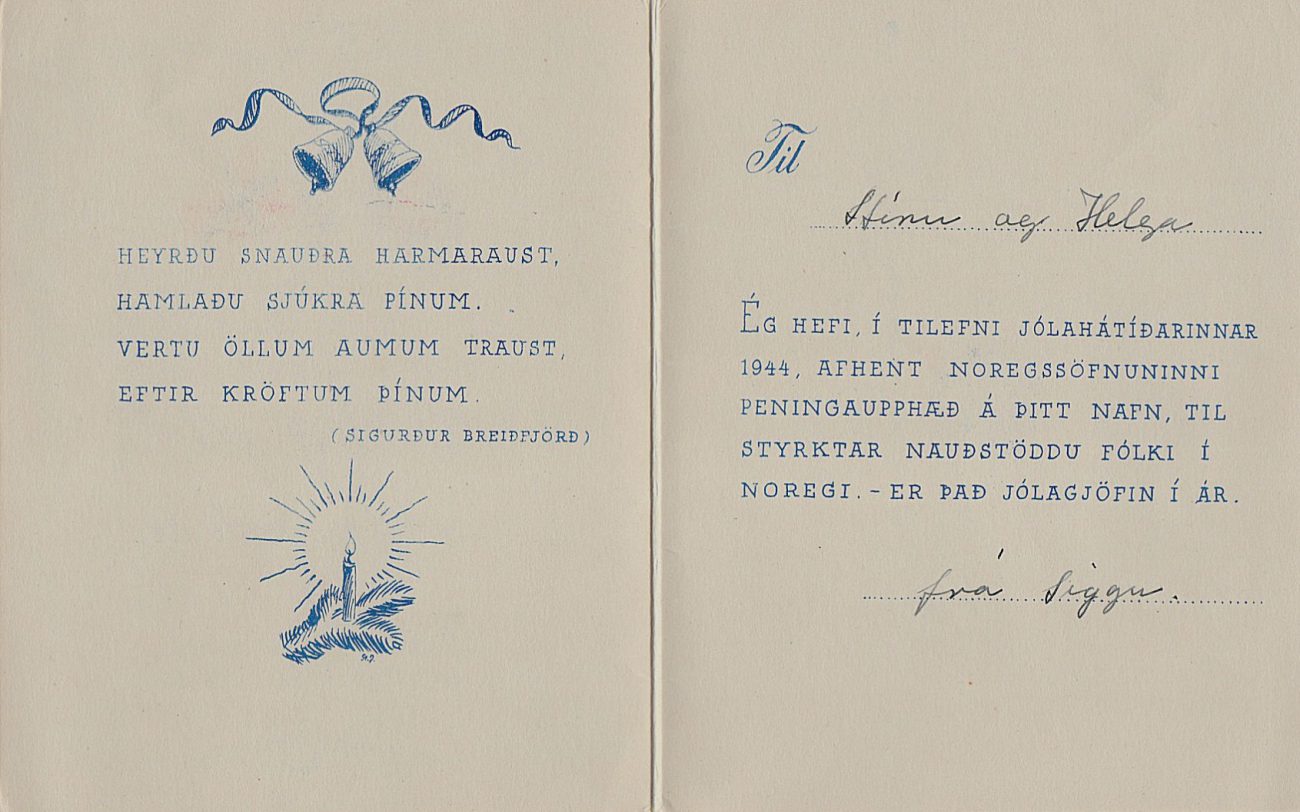
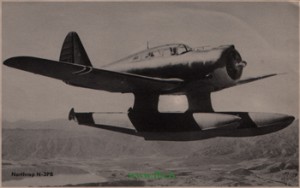
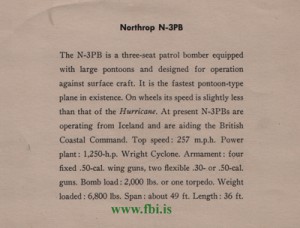
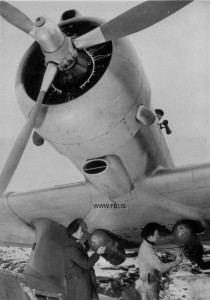
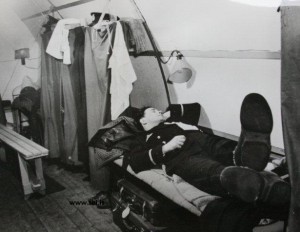
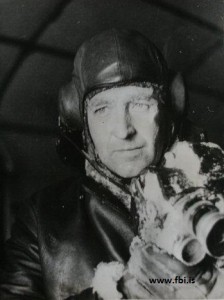
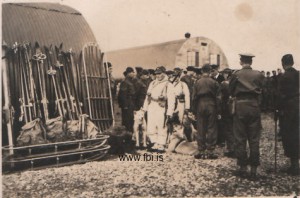
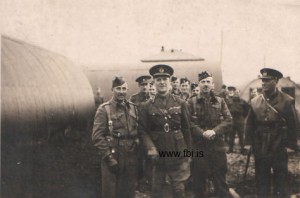
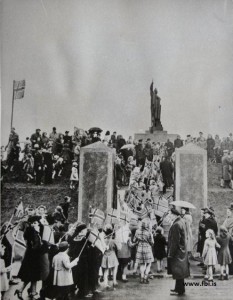
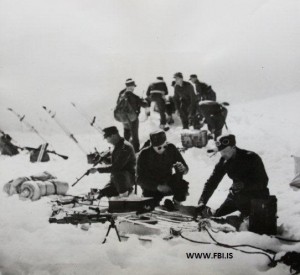
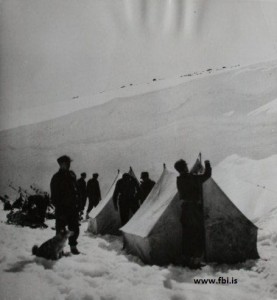
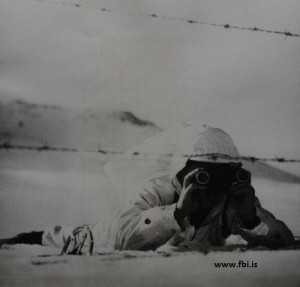
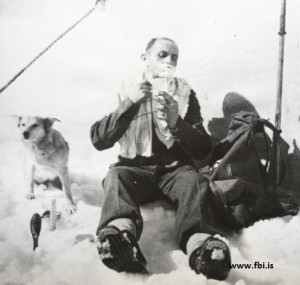
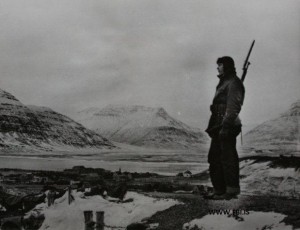
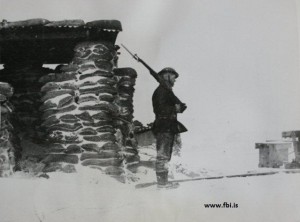
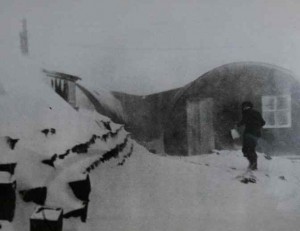
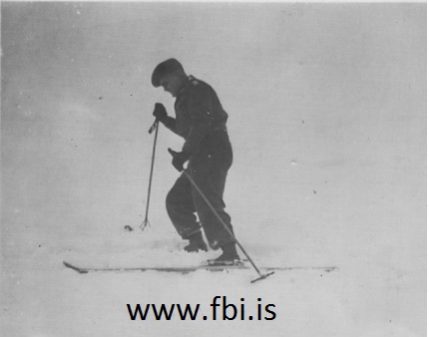
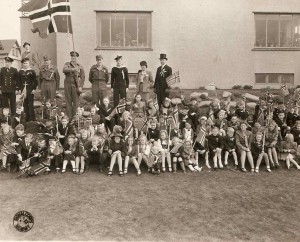
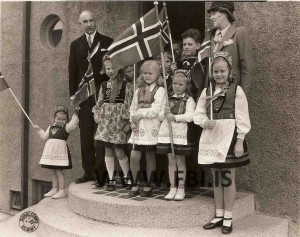
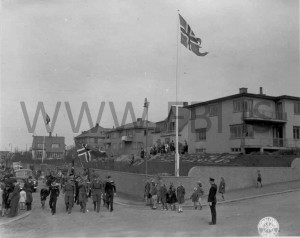
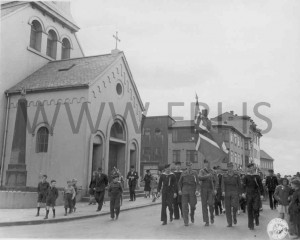
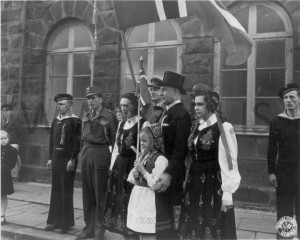
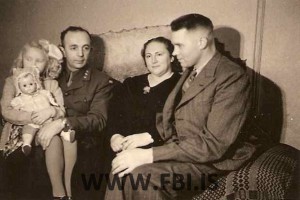
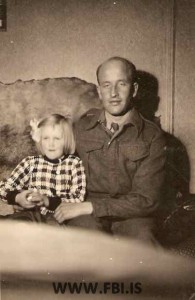
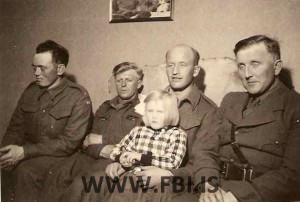
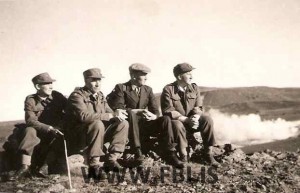
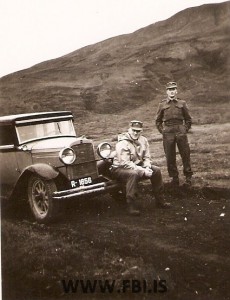
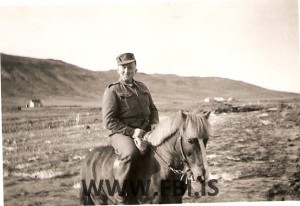
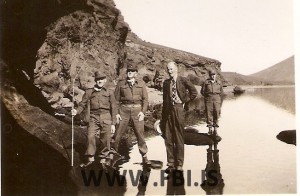
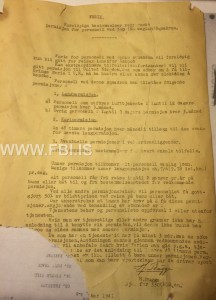
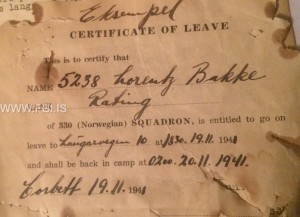
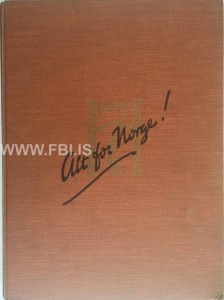
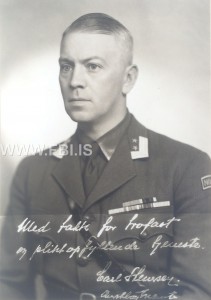
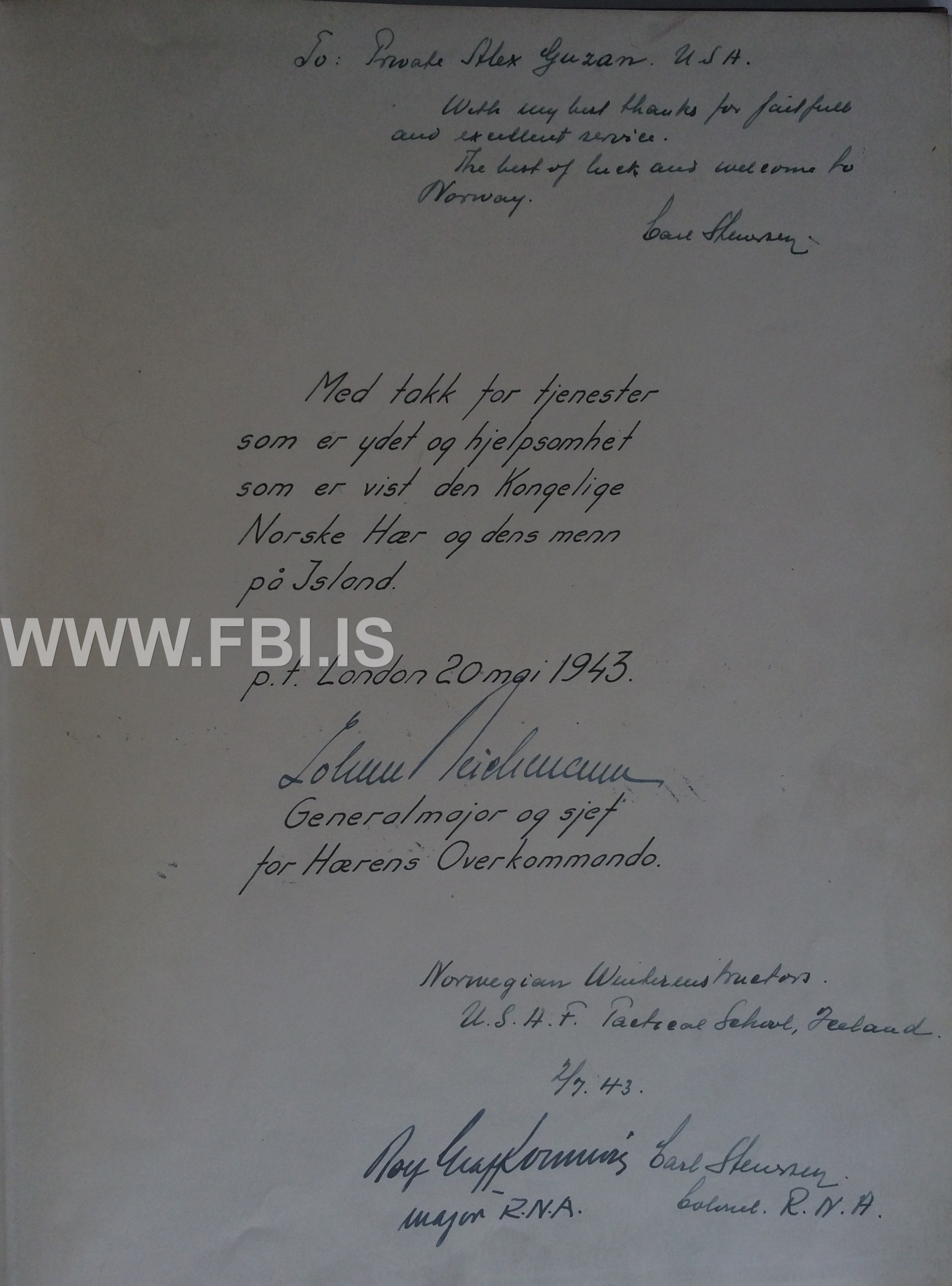
You must be logged in to post a comment.